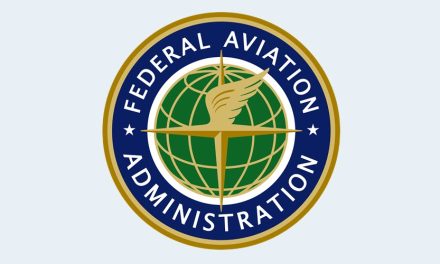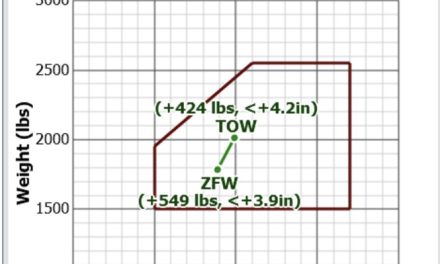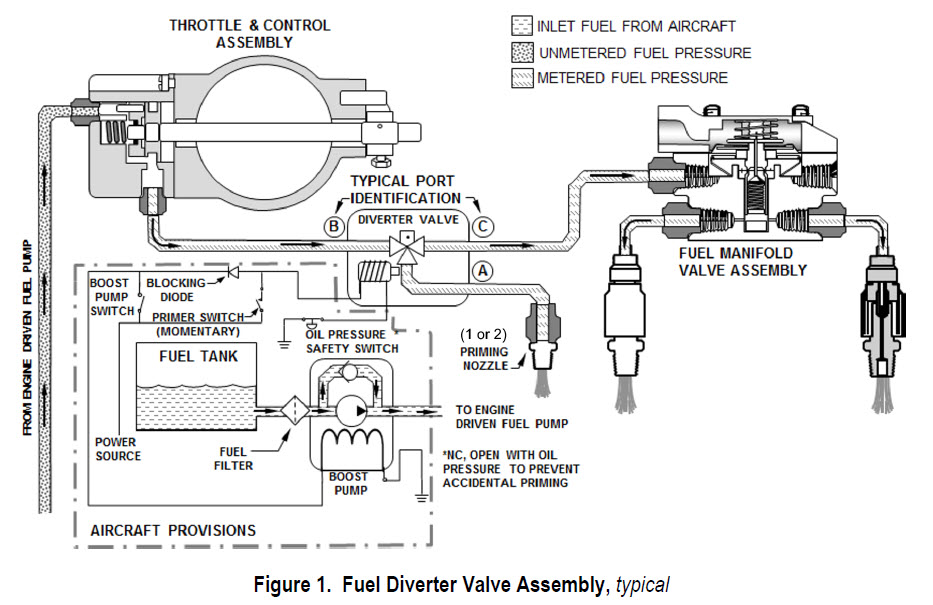
 52 teams to depart Frederick, MD, on June 20 for four-day cross-country race
52 teams to depart Frederick, MD, on June 20 for four-day cross-country race
More than 100 women pilots will take off on the adventure of a lifetime when the flag drops to mark the start of the 41st annual Air Race Classic (ARC), the oldest airplane race of its kind in the United States.
Starting at 8 a.m. on Tuesday, June 20, 52 planes will launch full throttle down the runway at Frederick Municipal Airport in Frederick, MD, 30 seconds apart, departing on a course that will take them 2,648 miles in just four days. Teams will face unfamiliar terrain and challenging weather as they put their piloting skills to the test, flying at maximum speed across 14 states to reach the Terminus, New Mexico’s Santa Fe Municipal Airport, by the arrival deadline at 5 p.m. on Friday, June 23.
This year’s course takes racers from the foothills of the Blue Ridge Mountains to the far northern reaches of the Continental United States to the high desert of New Mexico. At each stop along the way — Coshocton, Ohio; Indianapolis, Indiana; Decorah, Iowa; Bemidji, Minnesota; Spencer, Iowa; Abilene, Kansas; Ardmore, Oklahoma; and Plainview, Texas — teams will execute a high-speed flyby across a timing line as they race against the clock.
“Every June, female pilots from across the nation fly the ARC for the competition and camaraderie,” said Air Race Classic President Lara Gaerte. “We look forward to welcoming back veteran racers and meeting new competitors at this year’s Start, and celebrating the end of a great race together at the Terminus.”
Several aviation celebrities are among this year’s first-time racers: U.S. national aerobatics champion Debby Rihn-Harvey, and Ariel Tweto, star of the Discovery channel show “Flying Wild Alaska.”
The Air Race Classic traces its roots to the 1929 Women’s Air Derby, in which Amelia Earhart and 19 other daring female pilots raced from Santa Monica, CA, to Cleveland, OH. That contest, aka the Powder Puff Derby, marked the beginning of women’s air racing in the United States. Today, the ARC is the epicenter of women’s air racing, the ultimate test of aeronautical ability and decision-making for female pilots of all ages and from all walks of life.
Competitors this year range from college students to a veteran racer in her 80s. Some are flying the ARC for the first time, while others have dozens of races in their logbooks. Each race plane carries a team of two or three women: pilot, copilot and an optional teammate. Of the 52 teams in this year’s race, 16 are representing colleges or universities.
For some racers, the ARC is a family affair. Two teams consist of mothers and daughters racing together. One of the collegiate team pilots, who used to race with her grandmother and aunt, will be competing against them this year for the first time.
How long it will take each team to finish the race depends on the weather, the pilot’s strategy and the speed of the airplane. The fastest planes may complete the course in two days, while the slowest aircraft may take all four days. But because the ARC is a handicap race, teams are racing against their own best time, not against one another. This allows slower planes to compete against faster aircraft on an equal basis.
Official standings aren’t determined until after the last team has crossed the finish line – the last arrival at the Terminus may, in fact, be the winner! Prizes for the ARC are valued at more than $16,500 and include medallions, trophies and cash awards. ARC fans can follow the racers’ progress on airraceclassic.org.





